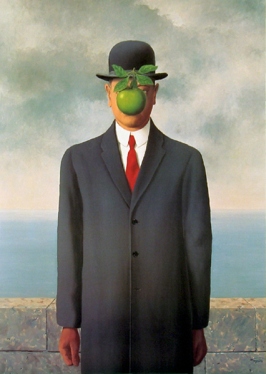The topic of college is highly relevant in my life and the lives of my peers. There are many different factors that need to be taken into account when choosing the right school to go to, one of these factors is diversity of the staff and students. Colleges are using their diversity as a reason to convince student to attend. Frank Bruni, an author for the NY times for many years, believes this is a good thing although it is not carried out as it should be. Bruni believes that the student body being diverse is not enough, self segregation is still happening and the colleges must combat them in order for the diversity to be a good thing.
Bruni explains this opinion in his NY times article, The Lie About College Diversity. he uses devices such as rhetorical questions to achieve his purpose. Using these questions allows the audience, students looking to go to colleges and even their parents possibly helping in the process, to become more involved with the text. They stop for a moment and think of an answer before continuing to read which will make them come back to the text with a greater understanding and deeper curiosity. Bruni also uses has very interesting organization in this article. Many paragraphs are only a single sentence. This allows for emphasis on that statement. It’s broken up from the rest of the article so it stands alone to make its own point. These rhetorical devices helped me stay interested while reading. It put emphasis on how important these issues are, especially today. I believe this article achieved its purpose. I now understand that what i read about colleges is not always true. I also see that the issues of diversity are not as easily solved as it seems.
Sunday, December 20, 2015
Sunday, December 13, 2015
TOW #12 The Song of a Man
The Son of a Man is an extremely interesting painting as the subject's face cannot actually be seen. It is actually to be expected, as this painting was created by René Magritte, who is known for his thought provoking paintings. They are known to change the viewer's perception of reality. This painting was made so that its meaning could take relevance in any time period. Magritte’s argument is about his perception of humanity, he believes that humans always hide things from others, but wants to know what others are hiding. He tries to use this painting to convey that to anyone who wants to view his painting in philosophical manner.
In order to convey this message Magritte utilizes shadows. In order to hide the man’s face, he places an apple in front of it and it displays a shadow. There is also a shadow around the man’s right hand. This shows that the hand is behind the man’s back, away from the viewer's ability to see. This shadow makes the viewer curious about what is in the man’s hand, portraying the argument of the painting. Magritte also uses simplicity in the background and surroundings. Keeping the background simple it draws attention to the subject. Also keeping the apple simple, but with a bright color, draws attention to it, ensuring the audience will notice that the face is not able to be seen. I do not believe exactly that this painting achieved Magritte’s purpose. I did not immediately feel his purpose was shown. I was at first confused and did not understand there was an underlying message. It took me more time than I would have spent if looking at it in a museum. Even spending much time analyzing did not lead me to an exact idea of what Magritte is trying to convey.

Sunday, December 6, 2015
Tow #11 - An Unquiet Mind (IRB)
Bipolar is a common mental disorder that is also commonly misunderstood. Even people who have it can easily believe misconceptions about it. Someone working to help those with the disorder to understand what they’re going through, is Kay Jamison, a popular psychologist and author living with Bipolar disorder. Through her book An Unquiet Mind, a memoir explaining her struggles living with Bipolar, she helps others who suffer to understand they are not alone in what they’re going through.
Throughout the book she uses different devices to help the reader. One of these devices is logical reasoning and facts. Jamison is a psychologist and knows enough about about mental illness to explain it all. She also explains rational events such as how mania can lead people to make impulsive decisions or purchases. After mania, depression normally begins to settle in. The bills or consequences of the mania give a greater reason for this depression. Through explaining this, a person with Bipolar that can relate to this will feel relief that they are not the only one. They will also understand better why they feel the way they do. Another device Jamison uses is personal narrative. In her memoir she shares specific stories such as one where she went to a party when she became a staff member at a university. At the time she had believed to behaved normal but later was told by a friend she had seemed manic, dressed provocative, and been way too talkative. Sharing her perspective of the party and then giving the story from another person’s perspective allows the audience to understand that when a person with Bipolar is manic, they do not realize they are making bad decisions. I believe these devices allow the reader to have a much greater understanding of the mental illness. After reading this book so far I have more knowledge and a deeper curiosity for Bipolar disorder.
Subscribe to:
Comments (Atom)